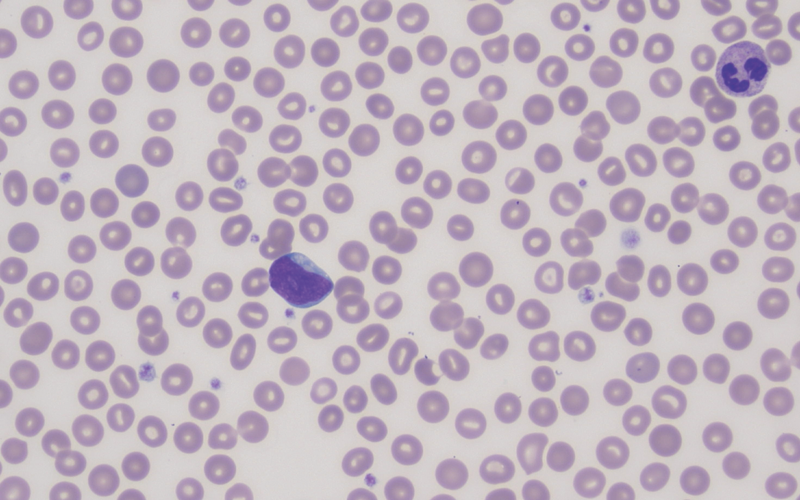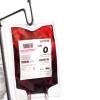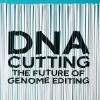Healthcare Science Section Lead in Haematology and Haemostasis Michelle Bolam presents a case study.

Routine monitoring bloods were received into the lab from Rheumatology Outpatients on a 56-year-old female with a clinical history of rheumatoid arthritis. No clinical details were stated.
Full blood count (FBC) results are shown in Table 1 – the patient has leucocytosis, predominantly due to a raised lymphocyte count. The patient’s FBC also generated Q Flags [generated from the Interpretive Programme (IP) messages from the XN-Series software] shown in Table 2. One flag of note was the Blast/Abn_lymphocytes? flag. This flag is triggered by the WDF channel when the analyser suspects a malignant condition based on the WDF scattergram, therefore a blood film was made to investigate both the lymphocytosis and the Blast/Abn_lymphocytes? flag.
Click here to read the full article.
Image credit | Michelle Bolam




